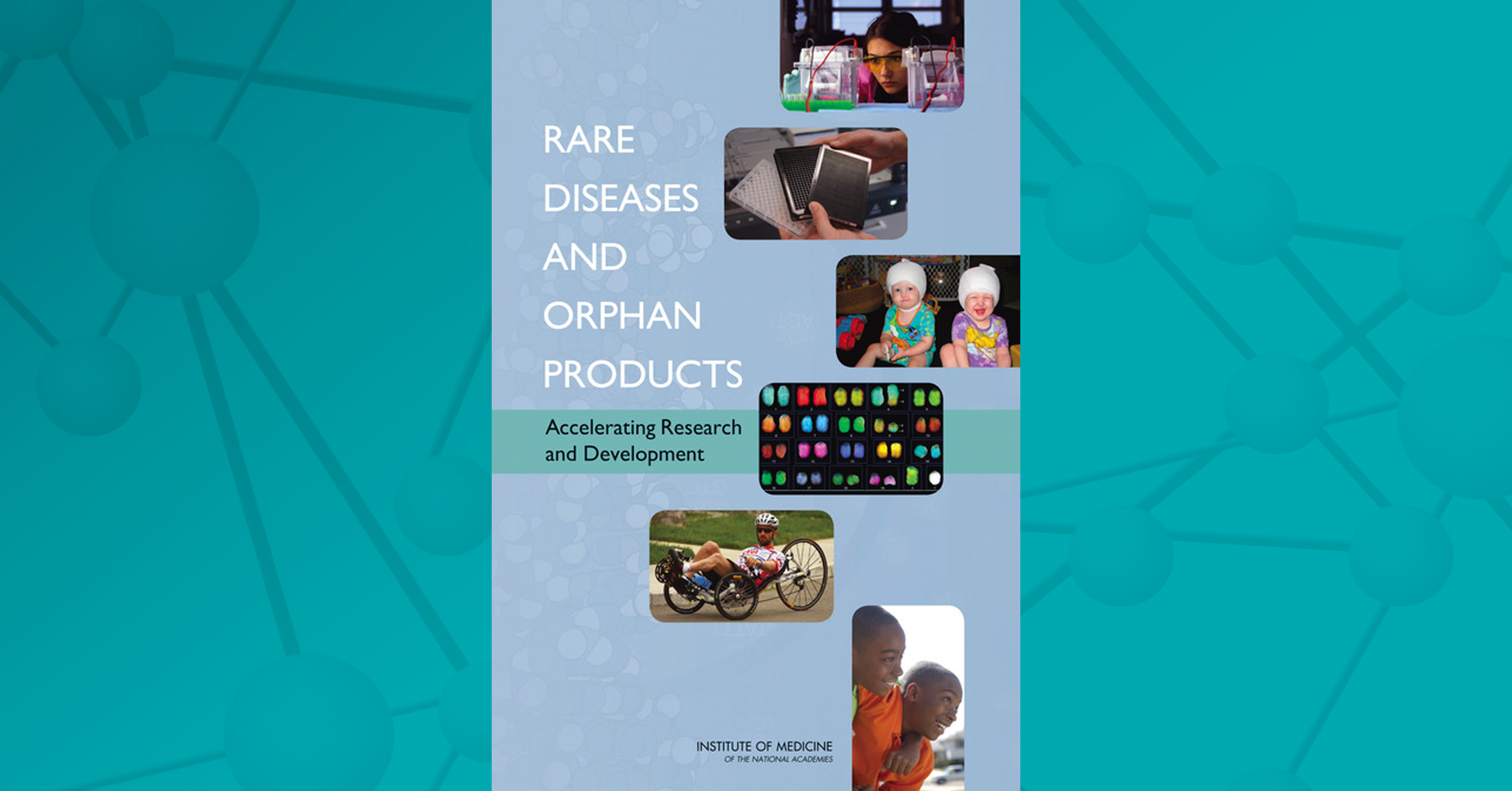The estimated 7000 rare diseases collectively affect 25-30 million Americans of all ages. Many are life threatening or fatal. Because each rare disease affects a relatively small population, it can be challenging to develop drugs and medical devices to prevent, diagnose, and treat these conditions. To help in accelerating rare diseases research and product development, the NIH, the ORDR, and the FDA asked the IOM (Institute of Medicine) to examine the opportunities for, and obstacles in developing drugs and medical devices for treating rare diseases.
The report, released on October 4, 2010, provides a valuable guide for policymakers. It sets forth the elements of an integrated national strategy to promote rare diseases research and product development. The Office of Rare Diseases Research received accolades for the pivotal role it has played in promoting and developing the current infrastructure. Among other recommendations, the IOM calls for NIH to work with industry, academia, and voluntary organizations to develop a comprehensive system of shared resources for discovery research on rare diseases and to facilitate communication and cooperation for such research.
In addition, the IOM report calls for the Secretary of the Department of Health and Human Services to establish a national task force on accelerating rare diseases research and product development. Overall, the effort and investment needed to move further toward a collaborative, coordinated, open, and sustained approach to rare diseases will be substantial, but not making the investment will also be costly. The potential benefits justify a renewed commitment to accelerating rare diseases research and product development.
The full report is available for online reading: http://books.nap.edu/openbook.php?record_id=12953


